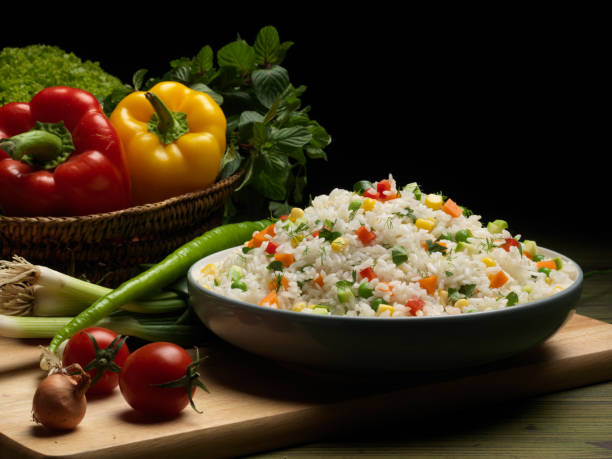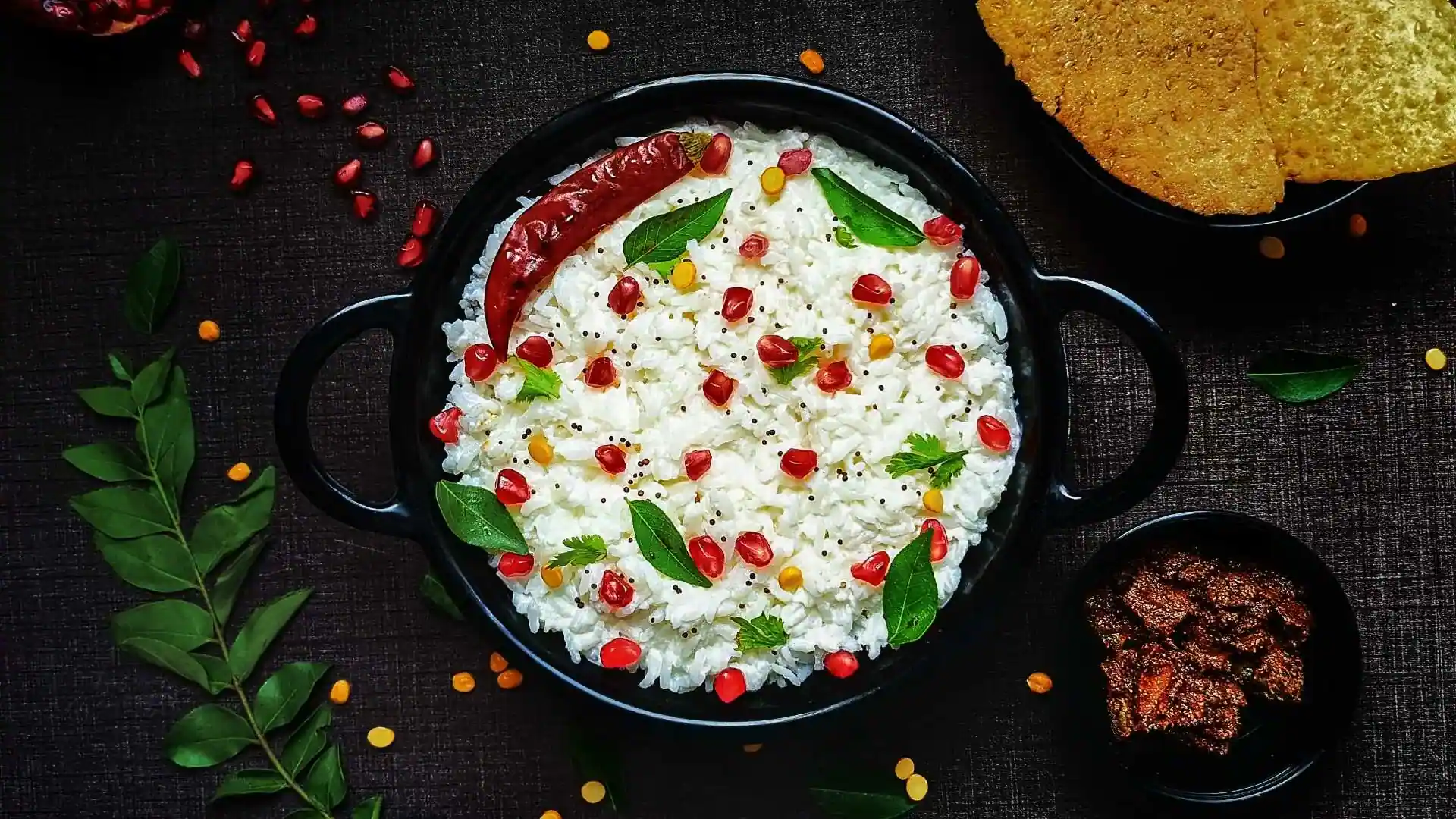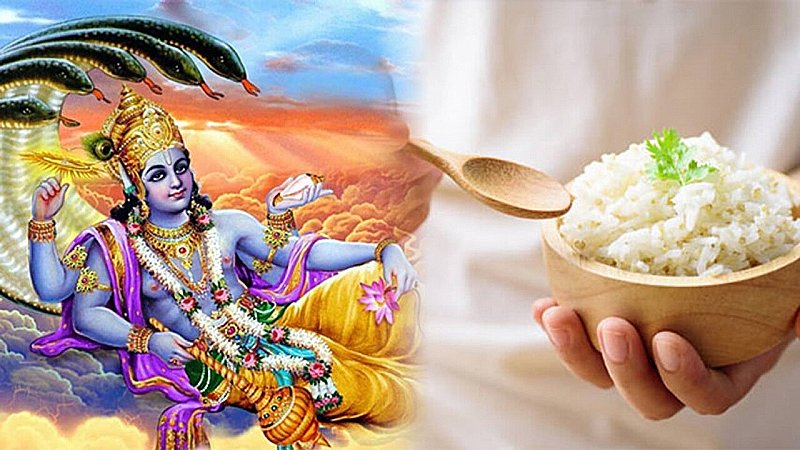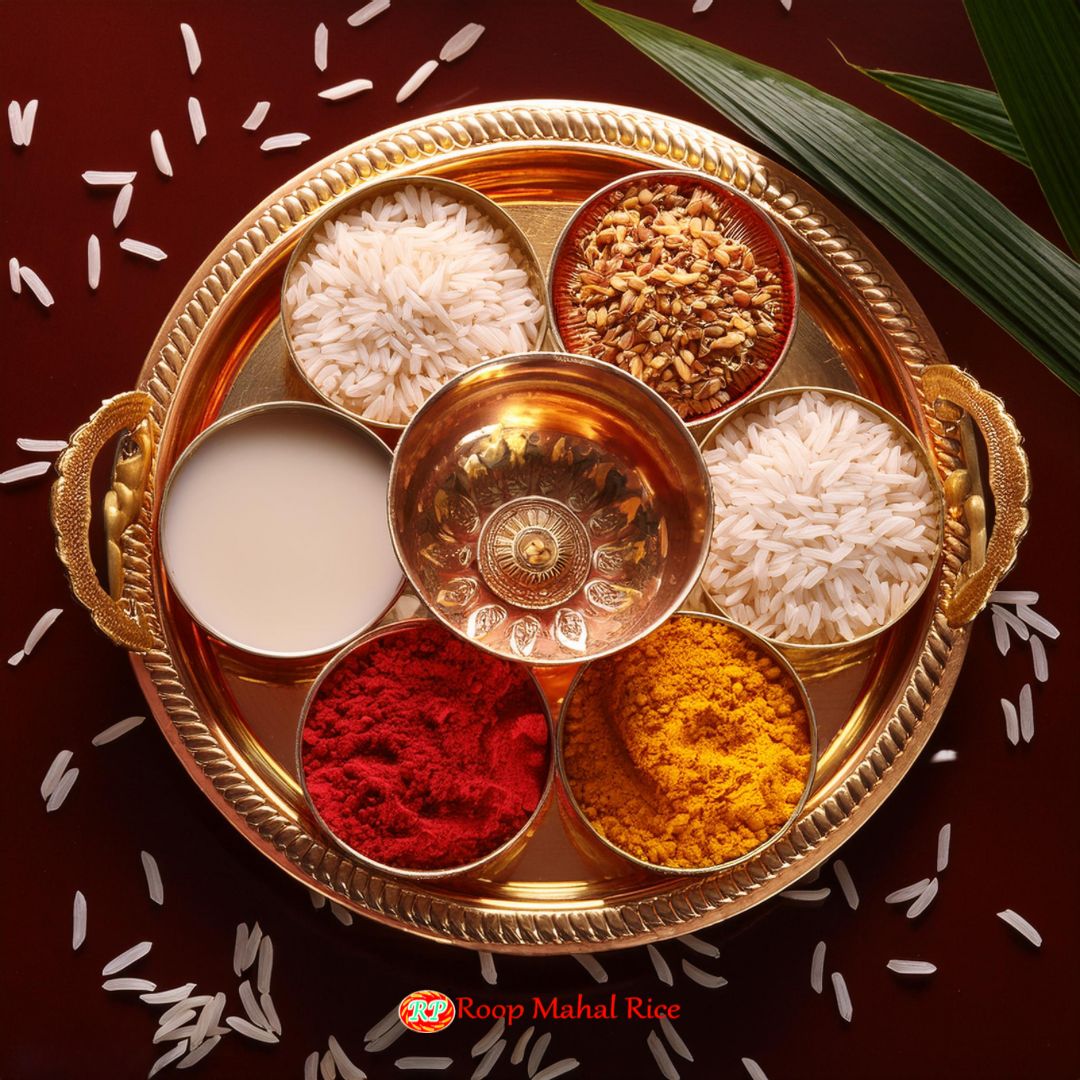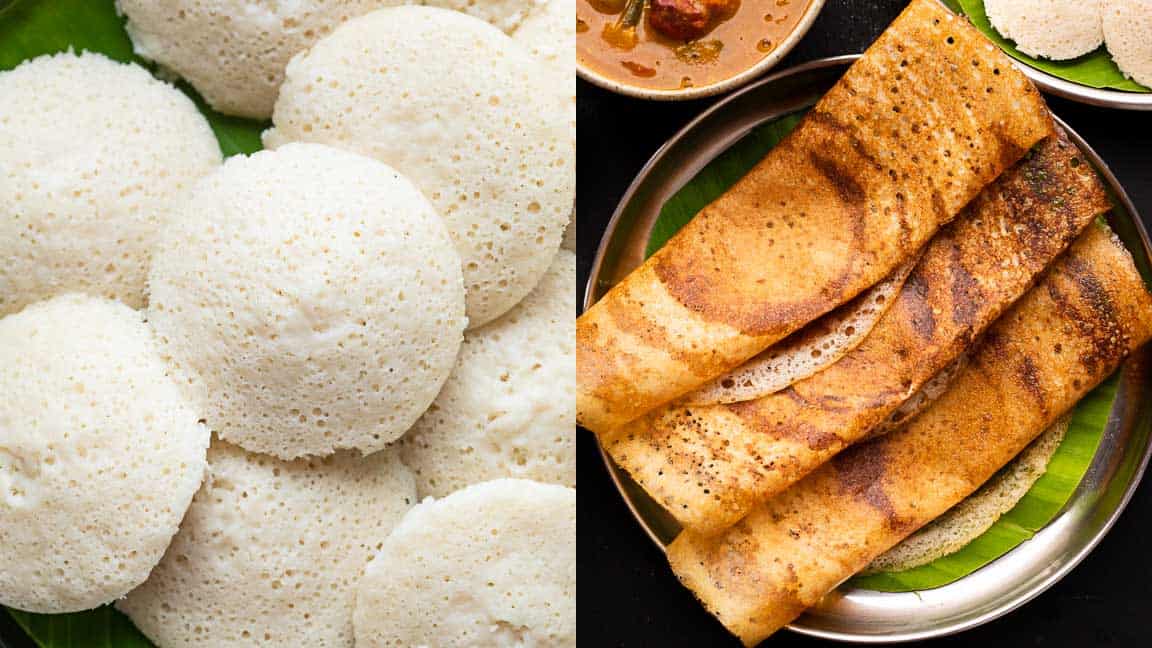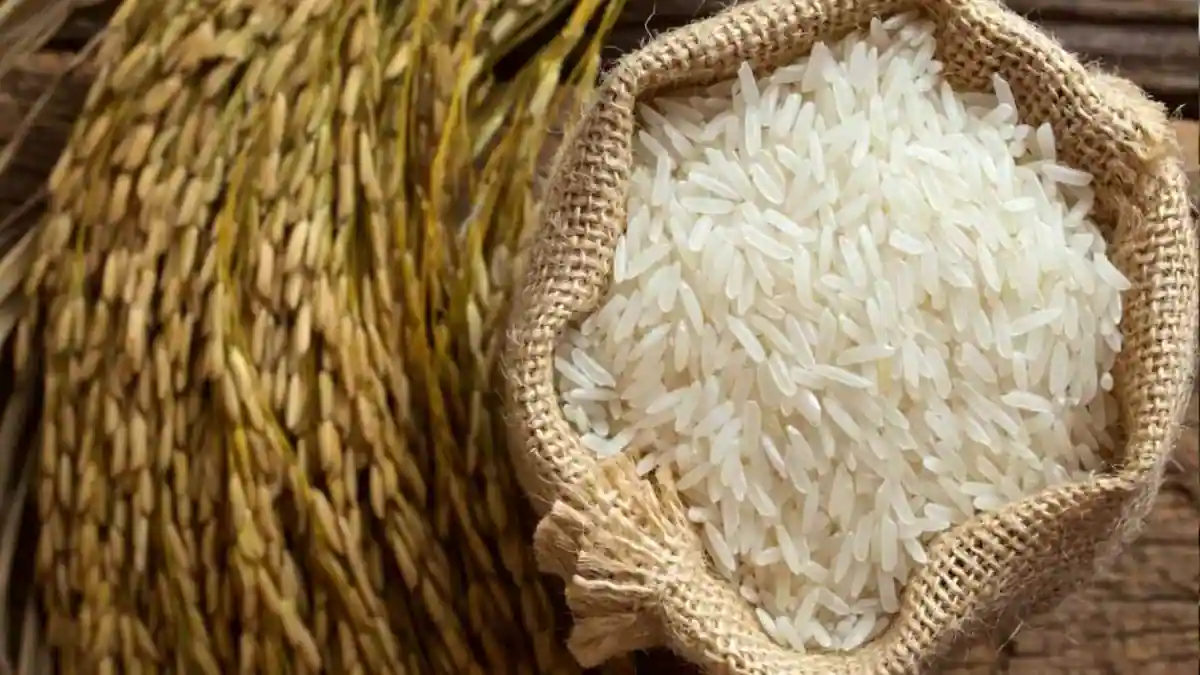Uncover the Diversity of Rice : A Guide to Exploring 6 Unique Varieties
Rice is India’s most important food crop, covering about one-fourth of the total cultivated area. Thus, we cannot deny the importance of Rice in India.
You will be surprised to know that there are approximately 6000 varieties of rice in the world. Let’s check out more information on the different varieties of Rice in India.
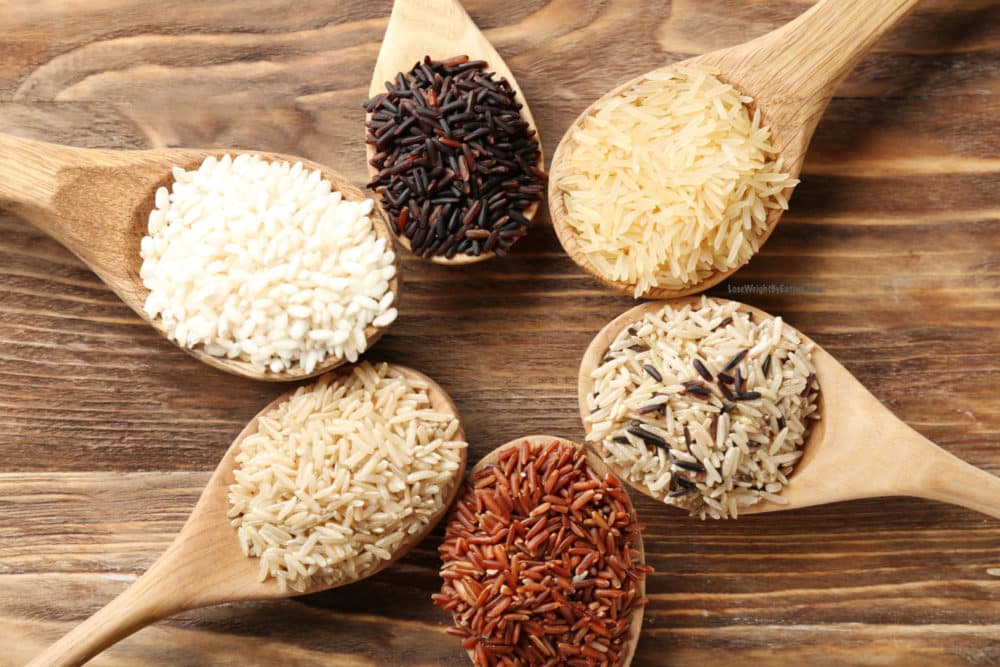
Different varieties of rice in India
Rice is nutritious, filling and rich in minerals making it the most popular grain all across. It is probably the national food of India.
Rice is an important part of people’s diet for various reasons, especially in our country and the most significant reason is that rice is very filling in nature and provides energy to the body.
Moreover, it is healthy and full of minerals that fulfil the daily nutrient requirements of our body.
Surely, you can be spoiled with choices when it comes to buying the best rice as there are a huge number of varieties to choose from and you might get confused.
We are here to help you with that so that next time you go to a grocery shop you have complete knowledge of the texture, properties and different types of rice.
It’s the right time to explore more into the rice world and taste a new form of rice every day. Each variety of rice has a different aroma, properties and taste and they are also used for making different types of dishes. Let us check out the different rice varieties in India.
- Basmati Rice
Basmati rice is one of the most popular varieties of rice in India and also the World. This type of rice is used in a lot of Indian and Asian cuisines due to its flavour to create exciting and exotic recipes. Basmati rice is best served along with traditional Indian curry, dal or any side dish. It is readily available in any grocery store and is white and whole grain.
India contributes almost 75% of its produce to this long aromatic rice. This is the most popular and famous variety of rice and can be used from Biryani to Kheer.
Since ancient times, basmati rice is believed to have been cultivated in the Indian subcontinent. There are approximately 29 varieties of basmati rice itself, each one having its distinct properties, flavour, texture, appearance and nutritional content.
- Brown Rice
Brown rice is considered a whole grain associated with healthy eating. It is less processed than white rice which has had its hull, bran and germ removed.
Consequently, brown rice retains the nutrients that white rice lacks such as minerals, vitamins and antioxidants.
Compared to white rice, brown rice offers more nutrients although similar in calories and carbohydrate content.
Brown rice adds a pleasant taste to any rice dish as it has a mild, nutty flavor. It is a hundred per cent whole grain, low in calories and filled with vitamins and minerals.
That is why many health-conscious people prefer eating brown rice over white rice. It is also very light to eat and digest.
Brown rice is high in manganese, a vital mineral for many important processes in the body such as wound healing, bone development, muscle contraction, metabolism and blood sugar regulation.
- Regular White Rice
Regular white rice brightens any vegetarian or non-vegetarian curry.
White rice is the primary ingredient of meals eaten in the basic form with dal curry or veggies.
White rice is a staple of its easy-to-cook nature and accessibility. It can adjust to any flavour and preparation. The chewiness and delicate texture add substance to dinners and compliments different cooking. styles and palates.
This is also one of the most popular but common varieties of rice found in almost every Indian household.
This is rich in carbs so many health-conscious people often cut it off from their diet but this is also a fact that nothing beats dal-chawal after a long tiring day. White rice is known worldwide and adapts to any form of cooking in any cuisine. This is best suitable for dishes that require stuffing and stir-frying. It has a very slight sticky texture when fully cooked.
- Red Rice
Red rice is very high in nutritional content when compared to polished rice. Red rice is widely used in Africa, Thailand and some parts of Bhutan. It is high in anthocyanin, an antioxidant that dyes the rice grain’s bran a radish colour. Traditionally, red rice is cooked with some species like pepper, garlic, chilly and with a lot of herbs. When it comes to cooking, red rice is a bit time-consuming but it is a powerhouse of antioxidants, calcium, iron and zinc which play a crucial role into due to the glycemic index, estimated at around 55 and keeps you satiated for longer hours.
- Black Rice
Black rice has a rich complex flavour with a distinct nuttiness and hint of sweetness from the anthocyanin pigments.
Black rice is a little more expensive than other rice and also known as the forbidden rice.
In ancient China, only upper-class people could afford to eat black rice.
It is a form of glutinous rice. There are different varieties of black rice available in the market and you should try this unique rice at least once.
Black rice offers a variety of health benefits. Eating black rice helps to protect our cells against damage and to reduce the risk of cardiovascular conditions and also gives you a worthwhile boost to your heart health and overall fitness.
Black rice contains a high amount of zeaxanthin and lutein. These antioxidants help to protect the cells in our eyes and reduce the effects of ultraviolet radiation.
Black rice is rich in fatty acids, amino acids, antioxidants and other phenolic compounds. These amino acids help to repair skin and tissues and also improve energy levels and digestion.
- Sona Masuri
Sonam Masuri rice is lightweight and less starchy. This rice is a medium-sized, firm and aromatic rice grain. Sona Masuri rice flour is also prepared to grind it in powder form.
Sona Masuri has a texture just like basmati rice. It is very famous in India and is cultivated in Andhra Pradesh mainly in the Krishna Guntur Kurnool Nellore Prakasham and twin Godavari districts
This rice is low in calories, easy to digest and helps in weight management. That is why many people prefer Sona Masuri. However, the price is slightly high but this is definitely a must-try rice variety.
The hybrid Sona Masuri rice is widely used in preparing different kinds of dishes such as fried rice, Biryani etc. Due to its fragrant flavour and Aroma, it is considered one of the superior rice varieties. Sona Masuri is best paired with South Indian gravy and light curries.
Since Sona Masuri is unpolished, it is considered healthy basmati rice, thanks to its lower starch and caloric content making it a better choice in terms of nutrient density. Roop Mahal Sona Masuri rice is pesticide free and has been aged for 12 months.
Read Our Blogs – Click here for More Blogs

